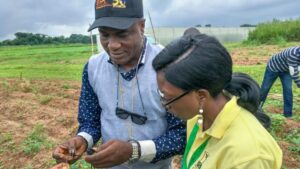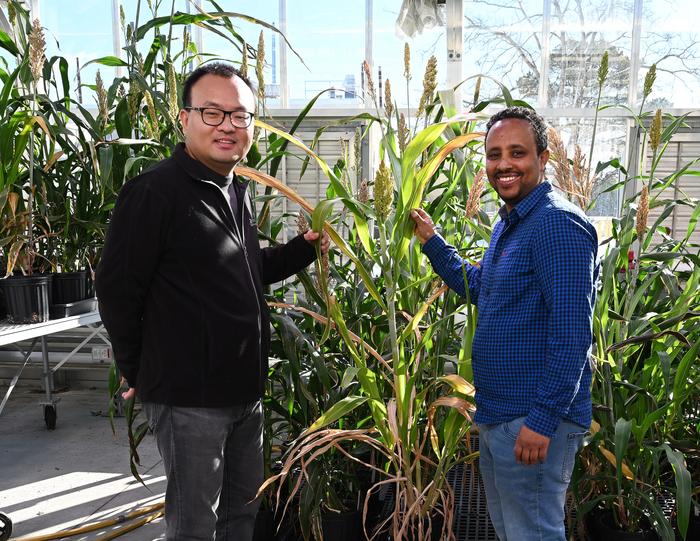Scientists at the John Innes Centre in the United Kingdom discover why the first buds of spring come increasingly earlier.
Researcher Steven Penfield found that plants have an ideal temperature for seed set and flower at a particular time of year to make sure their seed develops just as the weather has warmed to this “sweet spot” temperature.
Penfield, working with Vicki Springthorpe at the University of York, found the sweet spot for the model plant Arabidposis thaliana — a small flowering plant native to Eurasia — is between 57-59 Fahrenheit. Seeds that develop in temperatures lower than 57 F will almost always remain dormant and fail to germinate. This allows the mother plant to produce seeds with different growth strategies, increasing the chances that some of her progeny will successfully complete another generation.
As the climate changes the sweet spot for seeds comes earlier in the year, so first flowers bloom correspondingly earlier too.
The research, which received funding from the Biotechnology and Biological Research Council (BBSRC) and was published in eLife, used computer models to understand the growth strategy of Arabidopsis thaliana. The underlying principle of a very sensitive temperature sweet spot is likely to apply to many flowering plants. This would mean that certain plants have different flowering times due to different but equally narrow temperature sensitivity windows.
“We found that setting seed at the correct temperature is vital to ensure normal germination. It seems that plants aim to flower not at a particular time of year, but when the optimal temperature for seed set is approaching,” Penfield says. “If the climate warms, plants are clever enough to recognize this and adjust their flowering time accordingly and it feels like spring comes earlier in the year.”












